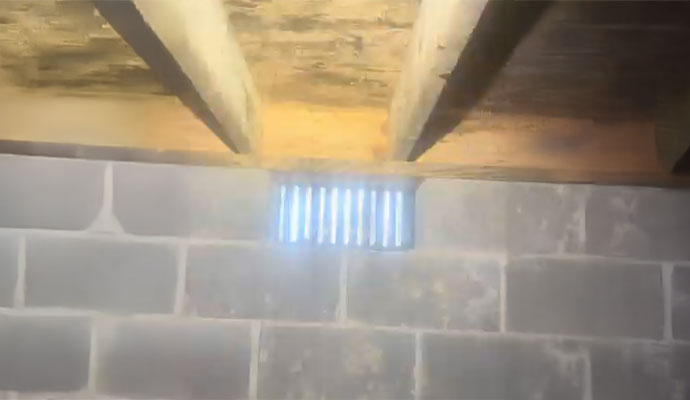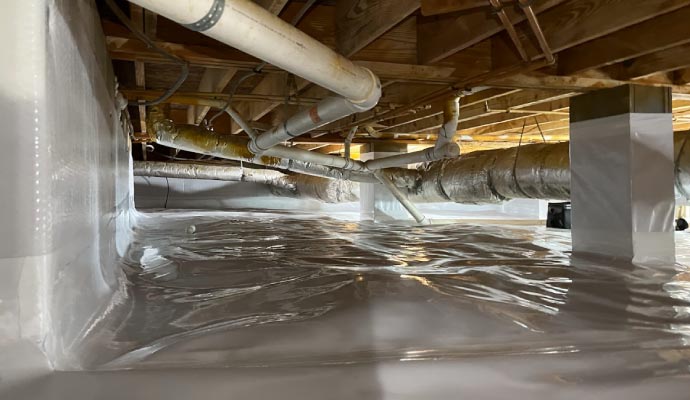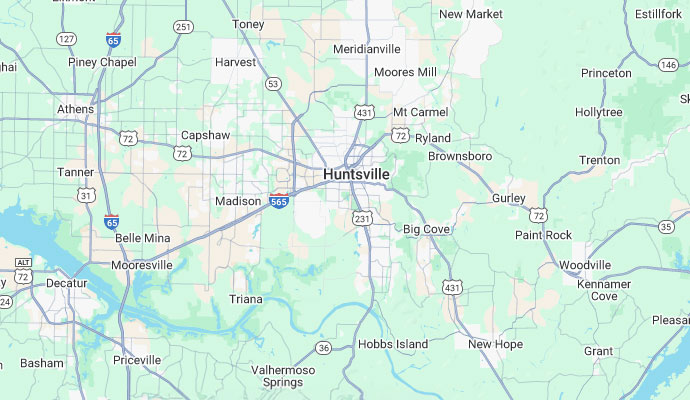
Venting Your Crawl Space: Are We Crazy to Close the Vents?!
Alright folks, let's talk crawl spaces. Specifically, those mysterious, musty voids beneath our homes. For years, building codes, especially here in the humid Southeastern US, have preached the gospel of "ventilation! Let that outside air flow!" And for just as many years, homeowners have looked at their permanently open foundation vents and thought, "Surely this is keeping things fresh, right?"
Well, buckle up, buttercups, because we're about to dive into a topic that might make you question everything you thought you knew about your home's foundation: to vent or not to vent your crawl space. And spoiler alert: the building code, bless its well-meaning heart, has been a little... off. Especially for us southerners.
You see, for decades, the conventional wisdom, codified into our very building laws, was that venting your crawl space with outside air would prevent moisture buildup and, by extension, mold and rot. Sounds logical on the surface, right? Fresh air in, stale air out.
256-242-5254
A Humidity Nightmare
But then, some incredibly smart folks (who clearly spent more time in crawl spaces than most sane individuals) started looking at the science. And what they found, particularly in climates like ours in the Southeast, was, to put it mildly, an absolute humidity nightmare.
We're talking about the kind of humidity that makes your hair spontaneously frizz and your sweet tea sweat before you even take a sip. When that hot, muggy outside air rushes into a cooler crawl space, what happens? Condensation, baby! It's like your crawl space is an uninsulated, underground glass of iced water on a scorching summer day.
This isn't just a minor annoyance. This is a recipe for disaster, leading to a perfect breeding ground for mold, mildew, and wood rot. And guess what? This isn't some fringe theory. It's a well-documented issue.
Vents Actually Increase the Moisture Content of the Crawl Space Air
According to an article in Builder Magazine from October 2005, titled "Closing the Crawl," and I quote, "Almost all vented crawl spaces have mold. We call them mold amplification and delivery devices... [they] mold to an airborne trigger." That's right, your "ventilated" crawl space might actually be a mold factory, pumping spores directly into your home. Not exactly the fresh air you were hoping for, is it?
The article goes on to explain that researchers from Advanced Energy (a non-profit organization dedicated to improving building performance) found that conventional wisdom was leading to big problems. In humid climates, open vents actually increase the moisture content of the crawl space air, leading to higher humidity levels than even the outside air. It’s like trying to dry off with a wet towel – it just doesn't work!
So, for those of us in the sticky, swampy Southeast, the idea of permanently sealing off those foundation vents might seem radical. "Are they crazy?!" you might exclaim, thinking of Grandma's house with its perpetually open vents. But the science, as the Builder Magazine article clearly lays out, is unequivocally in favor of a closed, conditioned crawl space in our climate.

Seal. Insulate. Condition.
By sealing off the vents, insulating the crawl space walls, and often introducing a small amount of conditioned air from your home's HVAC system or a dedicated dehumidifier, you can transform that dank, moldy abyss into a dry, healthy part of your home. Think of it as giving your crawl space its own little climate control.
It might seem counter-intuitive at first, especially with decades of traditional building practices telling us otherwise. But the evidence is clear: for a healthy, dry home in the humid Southeast, closing those crawl space vents isn't crazy at all. In fact, it's the smartest, most sensible thing you can do. Your lungs (and your house's foundation) will thank you!
Still Have Questions About Your Crawl Space? We're Here to Help!
Reach out to Heartstrong Crawl space for a consultation, and let's get your crawl space healthy and happy. What concerns do you have about your crawl space?
256-242-5254


